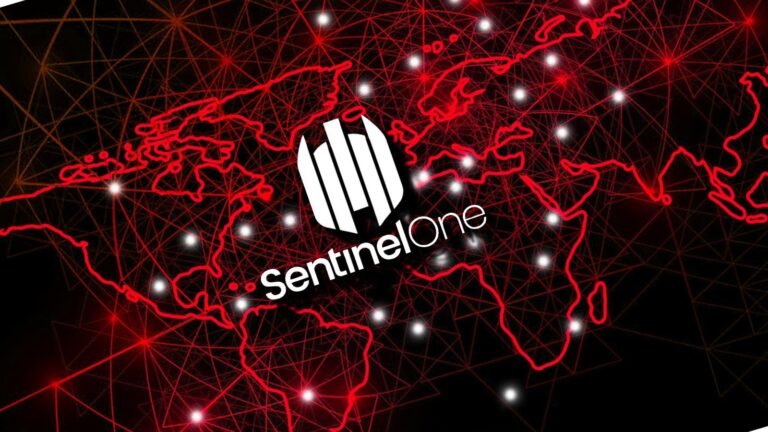Top Highlights
-
Outage Duration and Impact: SentinelOne experienced a seven-hour global service disruption due to a software flaw affecting multiple customer-facing services, although customer endpoints remained protected.
-
Root Cause Analysis: The outage was caused by an infrastructure control system flaw that deleted critical network routes and DNS resolver rules, not a cyberattack or security breach.
-
Configuration Error: A misconfiguration in the control system mistakenly restored empty network settings, as it misidentified discrepancies in the configuration comparison function.
- Service Accessibility Issues: The outage hindered programmatic access and disrupted services like Unified Asset Management and Identity Management, preventing customers from viewing vulnerabilities or managing security services.
The Issue
Over the weekend, American cybersecurity firm SentinelOne disclosed a significant seven-hour outage that occurred on Thursday due to a software flaw. This widespread disruption impacted various customer-facing services globally, leading the company to issue assurances that while managed response services were temporarily impeded, customer endpoints remained secure. The situation was promptly addressed in their communication, affirming that the delay in threat data reporting did not indicate a cyberattack or security breach.
In a subsequent root cause analysis, SentinelOne clarified that the incident stemmed from a malfunction in an infrastructure control system, which unintentionally deleted critical network routes and DNS resolver rules. This flaw was triggered during an outdated cloud management process linked to the creation of a new account, resulting in the restoration of an empty backup of their AWS Transit Gateway route table. Consequently, essential services, including Unified Asset Management and Identity services, were rendered inaccessible to customers, hindering their ability to view vulnerabilities or manage services effectively. SentinelOne is now transitioning towards a more robust cloud architecture to mitigate such risks in the future.
Risks Involved
The recent seven-hour outage experienced by SentinelOne, induced by a software flaw in its infrastructure control system, poses significant risks to other businesses, users, and organizations relying on its services. Despite SentinelOne’s assurance that endpoints remained protected, the disruption of critical functions, including visibility for managed response services and blockages in assessing vulnerabilities, has cascading implications. Organizations dependent on real-time data and threat intelligence may find themselves inadequately shielded against emerging cyber threats or unable to respond effectively during incidents, thereby amplifying their operational vulnerabilities. Moreover, the potential delays in data ingestion and processing from third-party services may erode trust in digital ecosystems, leading to heightened anxiety about data integrity and security, as well as financial repercussions from diminished service reliability. Ultimately, this incident underscores the fragility of interconnected systems, highlighting the necessity for robust contingency planning and a reevaluation of dependency on single vendors for critical cybersecurity infrastructure.
Possible Action Plan
Timely remediation is crucial in mitigating the ramifications of outages like last week’s 7-hour disruption caused by a software flaw. When faced with such incidents, an organization must act judiciously to prevent recurrence and safeguard operational integrity.
Mitigation and Remediation Steps
- Identify root causes
- Implement emergency fixes
- Enhance monitoring systems
- Conduct comprehensive impact analysis
- Review and update incident response plans
- Increase staff training on software protocols
- Collaborate with external cybersecurity experts
NIST CSF Guidance
The NIST Cybersecurity Framework emphasizes proactive risk management and swift incident responses. For deeper insights, refer to NIST SP 800-61, focusing on Computer Security Incident Handling. This document delineates processes for effective incident management and remediation in organizational contexts.
Advance Your Cyber Knowledge
Discover cutting-edge developments in Emerging Tech and industry Insights.
Explore engineering-led approaches to digital security at IEEE Cybersecurity.
Disclaimer: The information provided may not always be accurate or up to date. Please do your own research, as the cybersecurity landscape evolves rapidly. Intended for secondary references purposes only.
Cyberattacks-V1

